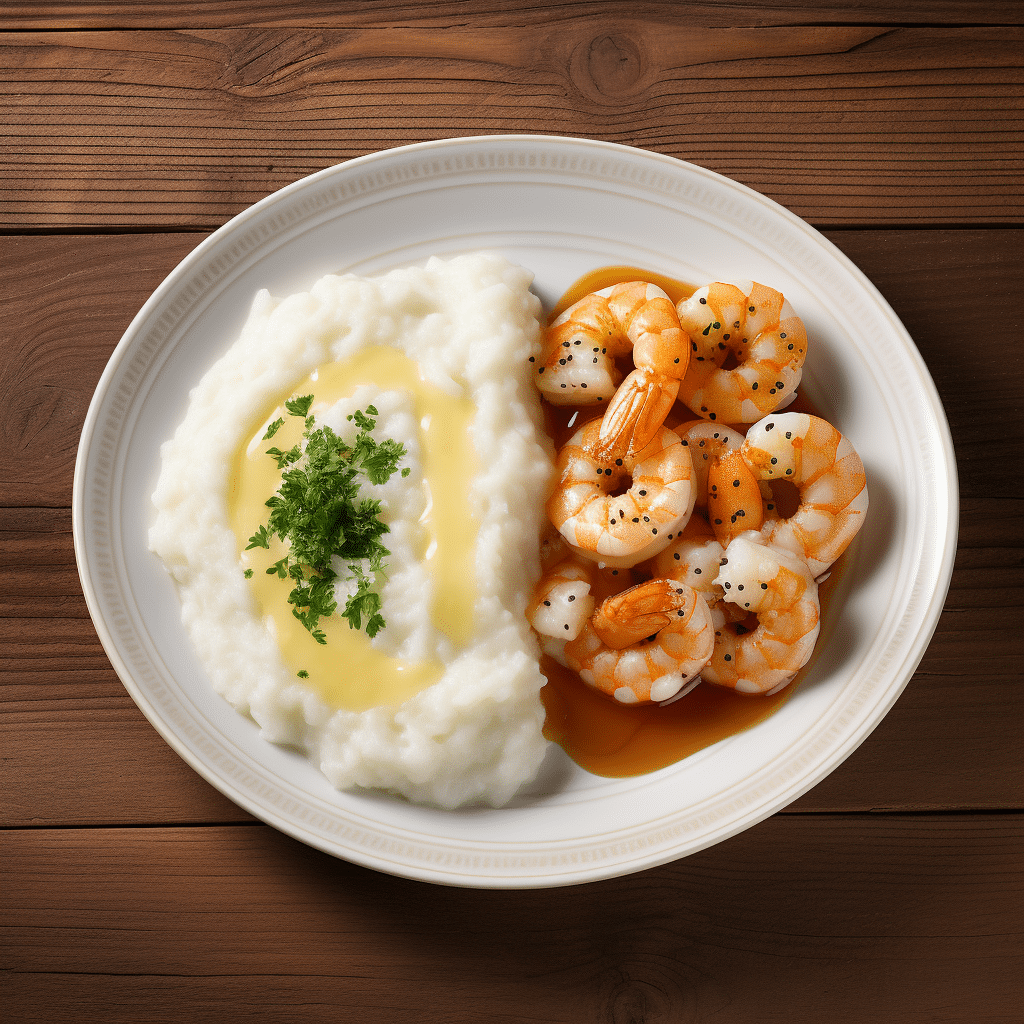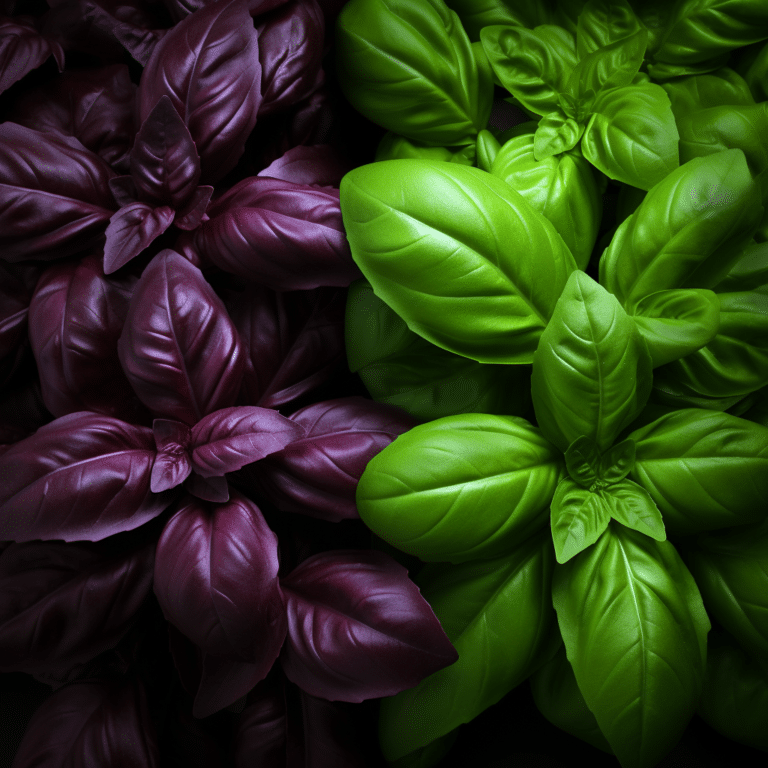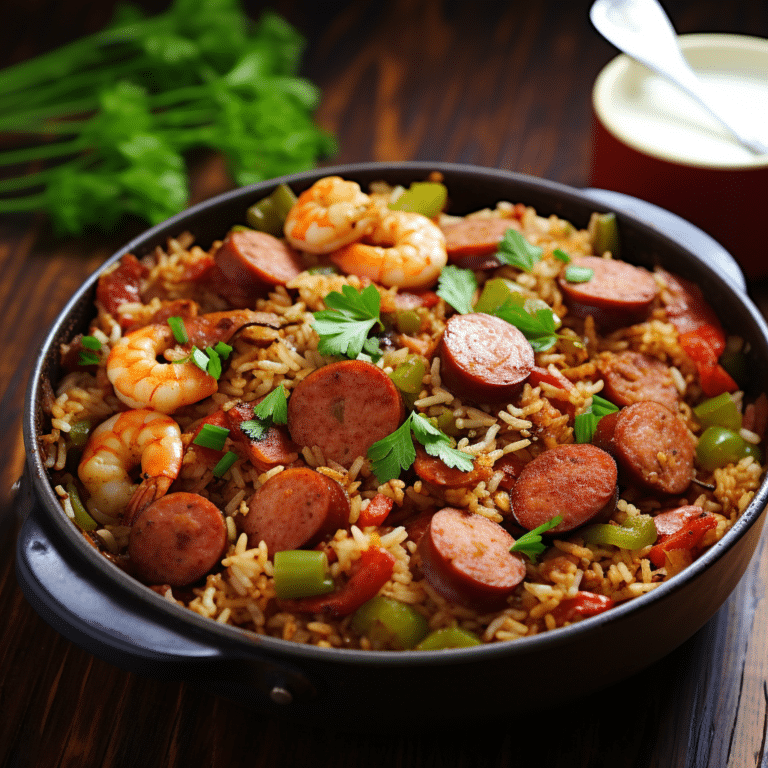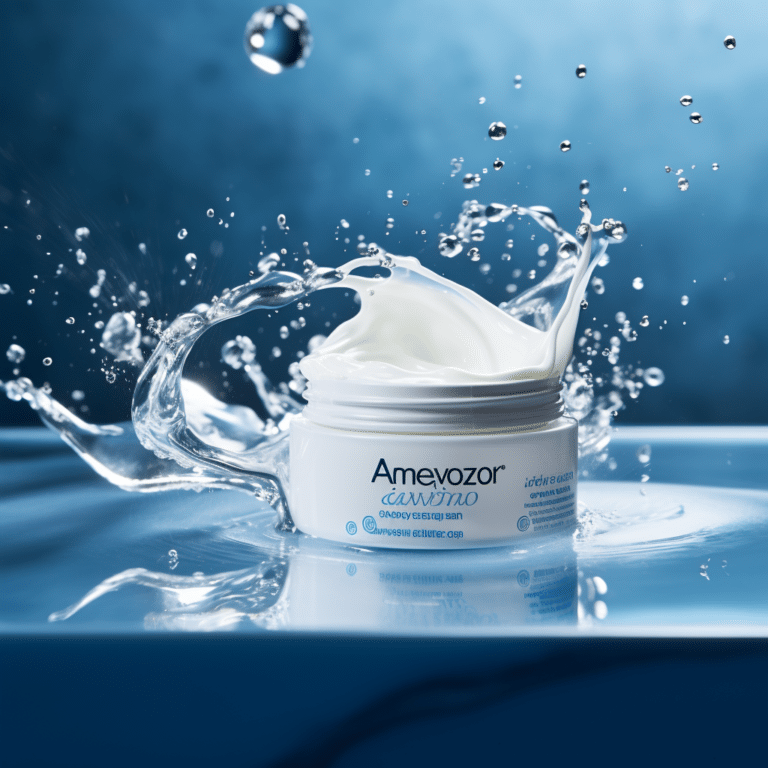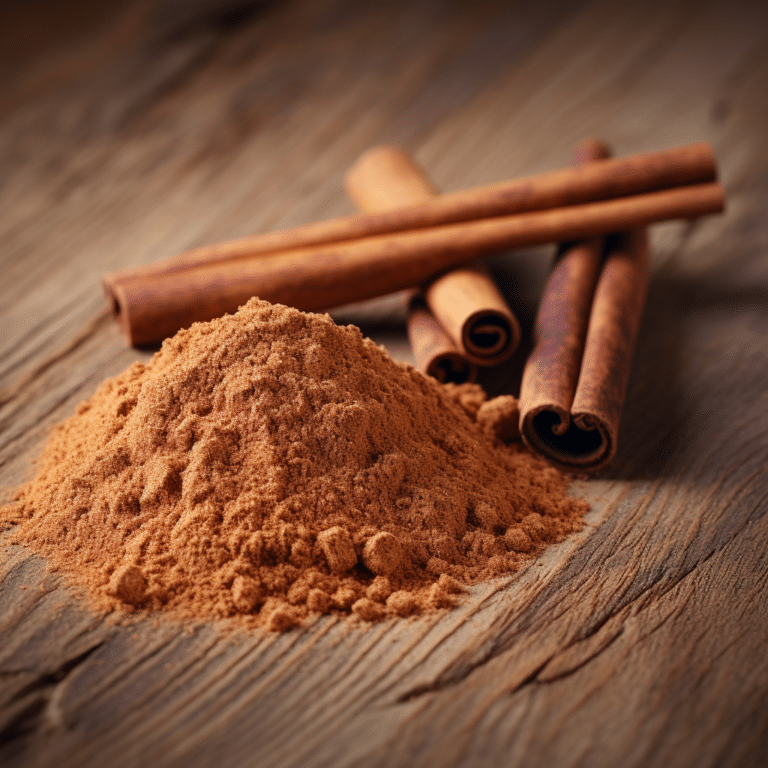Hominy vs Grits: Exploring Two Corn Staples
Hominy vs Grits No matter where you live in the country, grits seem to be a staple food in most family dinners. Whether you like them fried, grilled, or in a hearty soup, they have no shortage of fans. Hominy, on the other hand, is a little more obscure. This begs the question — what exactly is Hominy, and why is it such a bright spot in our culinary history?
Hominy or grits are two types of corn popular in southern and midwestern parts of the United States. Both meals of kernels are corn products with similar cooking procedures.
However, they are different. Let’s find out!
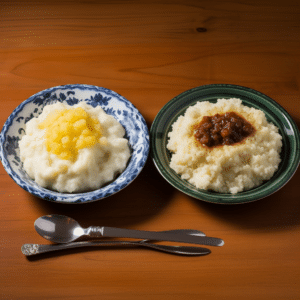
Hominy vs Grits: Overview
What Is Hominy
Hominy is dried corn kernels partially cooked in an alkaline solution. This process splits the hull from the kernel, which you can further process into Hominy. The alkaline treatment strips away some of the protein and fat that make up the hull, allowing more carbohydrates extraction from the kernel.
Hominy is often used as a substitute for grits or other types of cornmeal. It has a lower glycemic index than grits, which makes it Hominy vs Grits more suitable as an alternative for people with diabetes or other health conditions that require limiting carbohydrates in their diets.
In addition to being healthy, Hominy also tastes pretty good. You can use it as an ingredient in soups, stews, or cowboy casseroles. If you’re making homemade tortillas or tamales, you might want to add some seasoning before boiling them since they’ll get soggy if left unwashed for long periods.
Health Benefits of Hominy
Hominy is a staple food in many cultures. As mentioned above, it is made from dried corn kernels soaked in an alkaline solution. Then, the beans are dried and ground into flour.
The health benefits of Hominy are as follows:
Hominy is a good source of protein
It contains many essential amino acids such that it can be used as a substitute for other grains. It is especially high in B vitamins such as thiamin, niacin, and riboflavin which aid in metabolism.
Low calories
Hominy is low in calories, making it a great food for weight loss diets. Because it’s low in calories, you don’t have to worry about overeating if you decide to treat yourself to some hominy!
Fiber content
Hominy is high in fiber, which helps you feel full longer, so you eat less overall. It also helps you lose weight.
Antioxidants and phytonutrients
Hominy contains antioxidants that help protect against heart disease, cancer, and other diseases. It also contains phytonutrients, which have been shown to improve blood vessel function and lower cholesterol levels in some people with hypertension or high blood pressure (hypertension).
What Is Grit
Grits are coarse cornmeal, usually made from Hominy, which is treated with lime to remove pericarp. The result is a thicker meal than cornmeal which can be seasoned or plain, depending on your preference. In some cases, grits are made from whole kernels, while in other cases, they are produced by milling or cracking the Hominy into smaller pieces or sizes.
Grits are very popular in the southern United States, as many recipes call for them. They have been a staple food in many cultures since their invention in Mexico.
Grits are an ingredient in many dishes worldwide, including breakfast and dinner entrees, side dishes, snacks, and desserts. They can be served hot or cold and used in place of flour for baked goods such as pancakes and biscuits.
They can also be used as a Hominy vs Grits thickener for soups and stews and as an ingredient in casseroles. Ultimately, Hominy grits are an excellent source of carbohydrates and protein, making them an important part of any healthy diet.
Health Benefits of Grit
Grits contain protein, which may help build muscle mass while also improving strength when consumed as part of a weight-lifting program or weight loss diet plan. Other health benefits may include:
Healthy Heart
Grits provide important nutrients that help support heart health, including potassium, phosphorus, and magnesium. These nutrients help maintain normal blood pressure, promote healthy cholesterol levels, strengthen the blood vessels that supply blood to the heart, and lower blood pressure.
Hominy grits are high in fiber and low in calories
This makes them a great option for those trying to lose or gain weight. The fiber content helps reduce cholesterol levels and keep blood sugar levels balanced by controlling insulin production in the body.
High Iron Content
Grits have a high iron content which helps to improve athletic performance by increasing hemoglobin levels. At the same time, high iron content prevents anemia by providing iron to your body without contributing to weight gain or bloating like many other sources of iron.
Vitamin B6
The B vitamin helps support nervous system function and maintain normal bone growth by helping the body absorb calcium while also helping produce red blood cells that carry oxygen throughout your body.

Differences Between Hominy and Grits
Hominy and grits are two common breakfast foods. They have many similarities. Both are from corn kernels. They both contain a large amount of starch, which is why they’re so filling. However, they also differ in many ways. Here’s what you need to know about the differences between Hominy and grits:
Grits have a smooth texture and are made from Hominy. They have a very light taste, similar to polenta or farina. They are often used to make breakfast dishes with eggs and sausage or as an accompaniment to soups or stews.
Hominy, on the other hand, is made from ground corn treated with lime to remove its outer covering (the hull). And once processed, Hominy can be cooked just like grits, although it has a different texture — it’s chewier and less smooth — since the hull has been removed.
This makes it easier for some people who don’t eat much starch to digest properly (some people are sensitive even to wheat-based foods).
Bottom Line
Hominy vs Grits, the choice of which one you use comes down to personal preference. Both are fine choices to use in your cooking. Hominy and grits both have different flavors and textures that you may prefer over the other.
